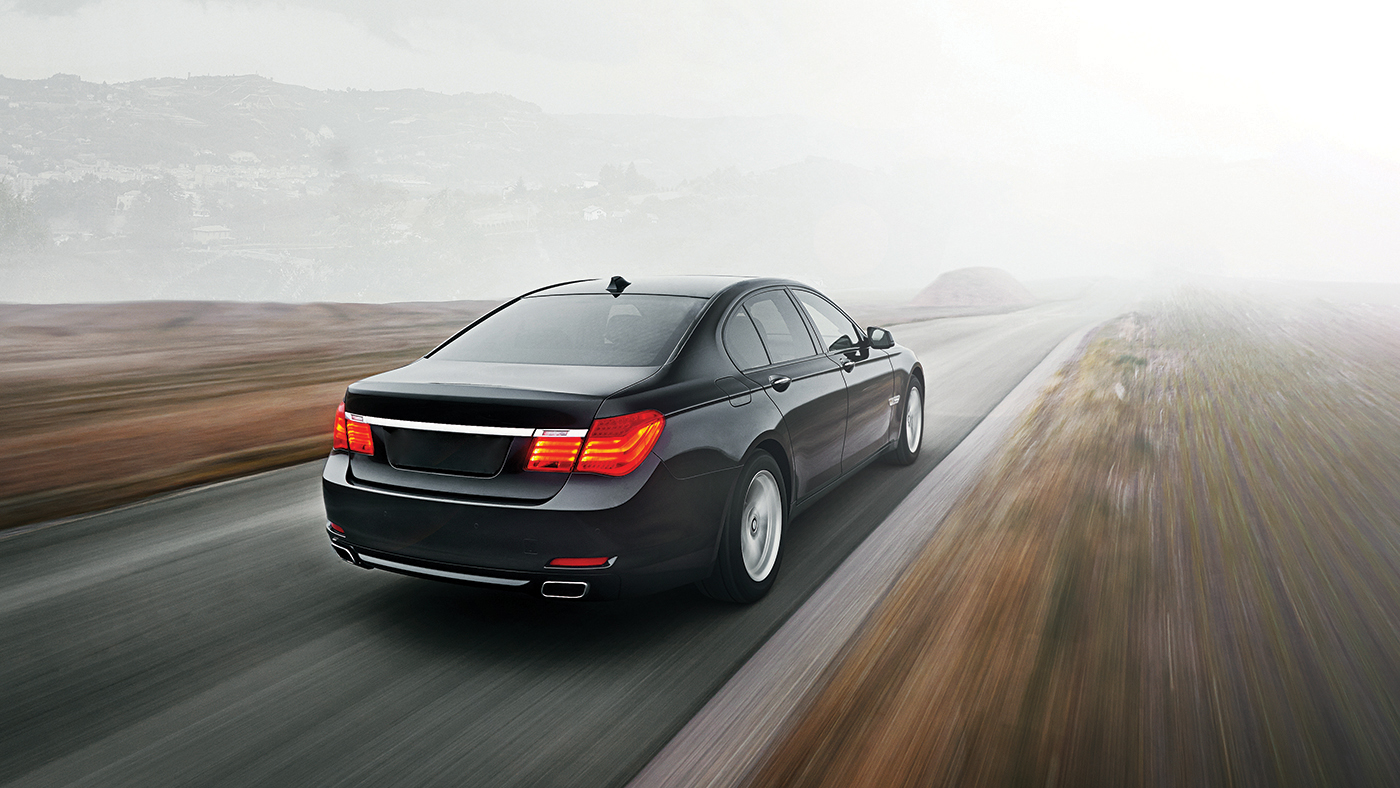Drive Safely in All Kinds of Conditions
Here are some tips that can help you stay safe despite hazardous driving conditions.
 Leslie Holm / 500px / Getty Images
Leslie Holm / 500px / Getty Images
Go to each driving condition, then hover over hazard and take action to read how to drive safely in that condition.

Hazard:
Even a little rain can make road surfaces slick, and they are most slippery during the first 10 to 15 minutes, when rain mixes with oil and chemicals from the asphalt. With as little as inch of water on the pavement, tires have to displace a gallon of water per second to keep the rubber on the road.
Take action:
Make sure your tires have good tread depth and are properly inflated, and that your wiper blades are in good condition. Slow down, avoid using cruise control, and leave plenty of room between you and the car ahead. Also avoid hard braking and sharp turns.

Hazard:
You may not think of darkness as an environmental hazard, but it is. Visibility is poorer, and there can be distracting lights and glare, especially during wet conditions.
Take action:
Use high-beam headlights whenever you’re able but be sure to dim your lights around other vehicles. Also, keep the windshield clean, dim dashboard lights, and leave more space between your vehicle and others. Remember to reduce your speed if needed and “drive within your headlights” so you can react within your field of vision to hazards such as animals or other objects in the road.

Hazard:
Fog is more common during the colder months and makes it difficult to see what’s in front of you.
Take action:
Use your low beams to help you see and be seen. Slow down, leave plenty of distance between you and the car in front of you, and hug the right side of the road to avoid drifting over the center line into oncoming traffic. (The white line along the edge of the road is there to, among other things, help you keep your bearings.) Drive cautiously, even in patchy fog, because you could suddenly enter thick fog and lose visibility.

Hazard:
Bright sunlight and glare can temporarily blind you and can be worsened by any moisture and dirt that have accumulated on either side of your windshield.
Take action:
Avoid abrupt braking, reduce your speed and focus on the white line on the side of the road until visibility improves. Keep your windshield clean inside and out. Use the sun visor and sunglasses to reduce blinding light.

Hazard:
Streets covered with snow, packed snow and ice can be extremely slick, especially when the ice and snow begin to melt. “Black ice,” which is difficult to spot, is particularly dangerous.
Take action:
If possible, stay home. If you must go out, slow down and avoid sudden turns or changes in speed. Leave plenty of room between you and the car in front of you. Try to avoid stopping, especially when going uphill—otherwise you’ll have to overcome inertia and gravity to start moving again.